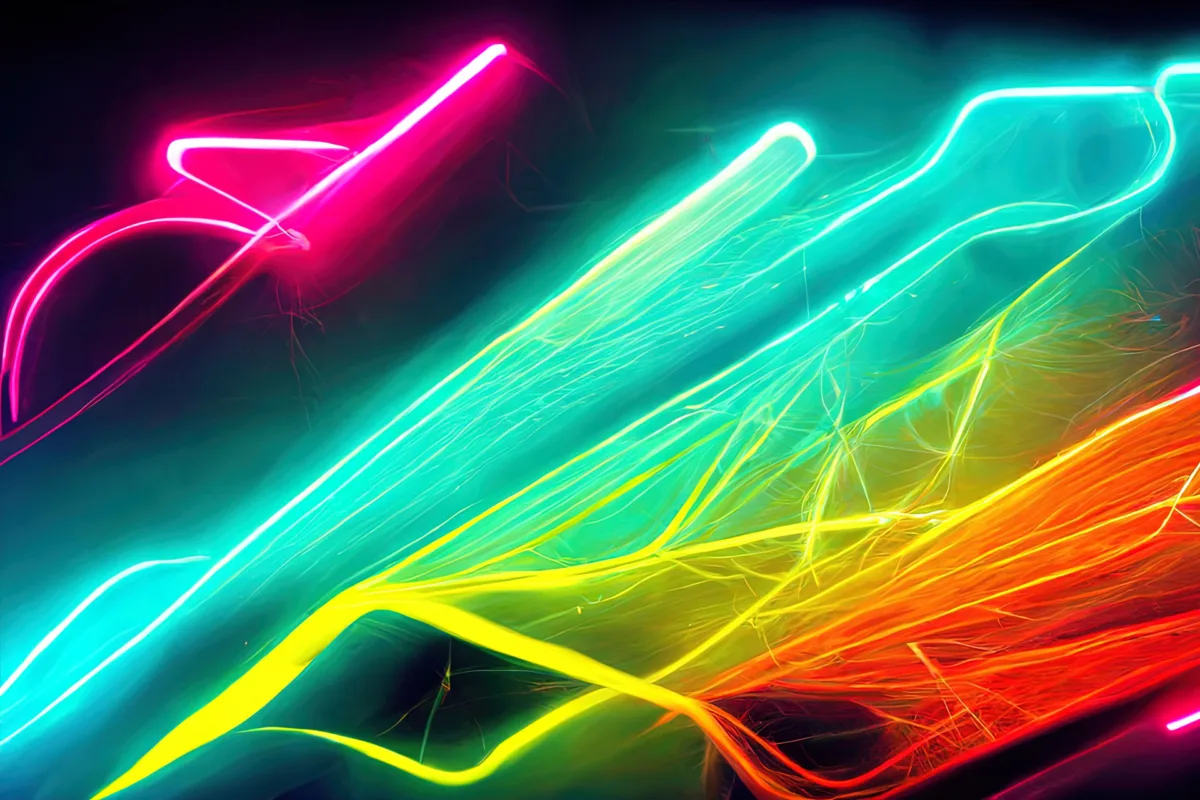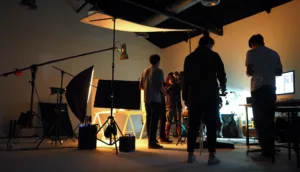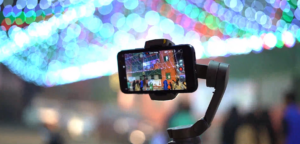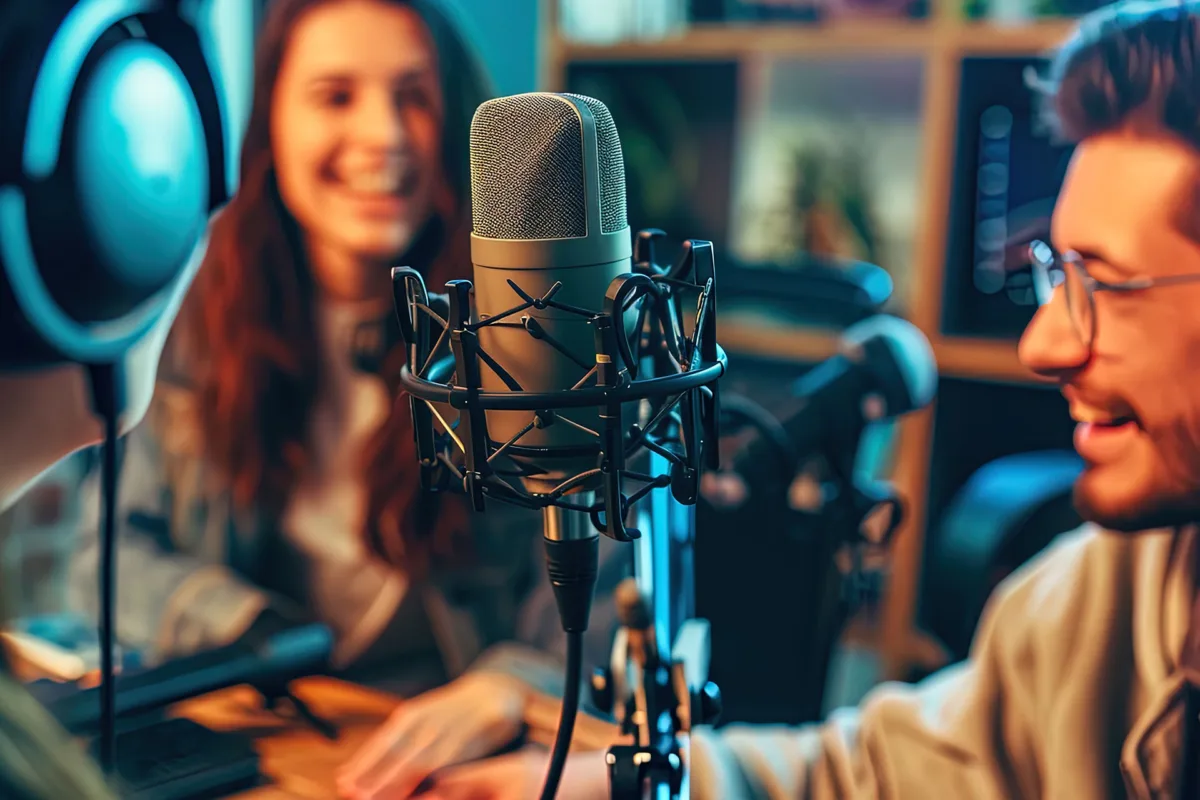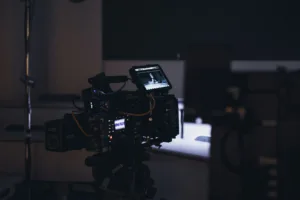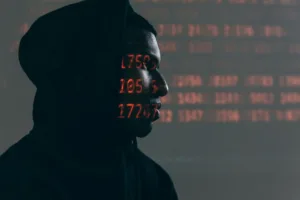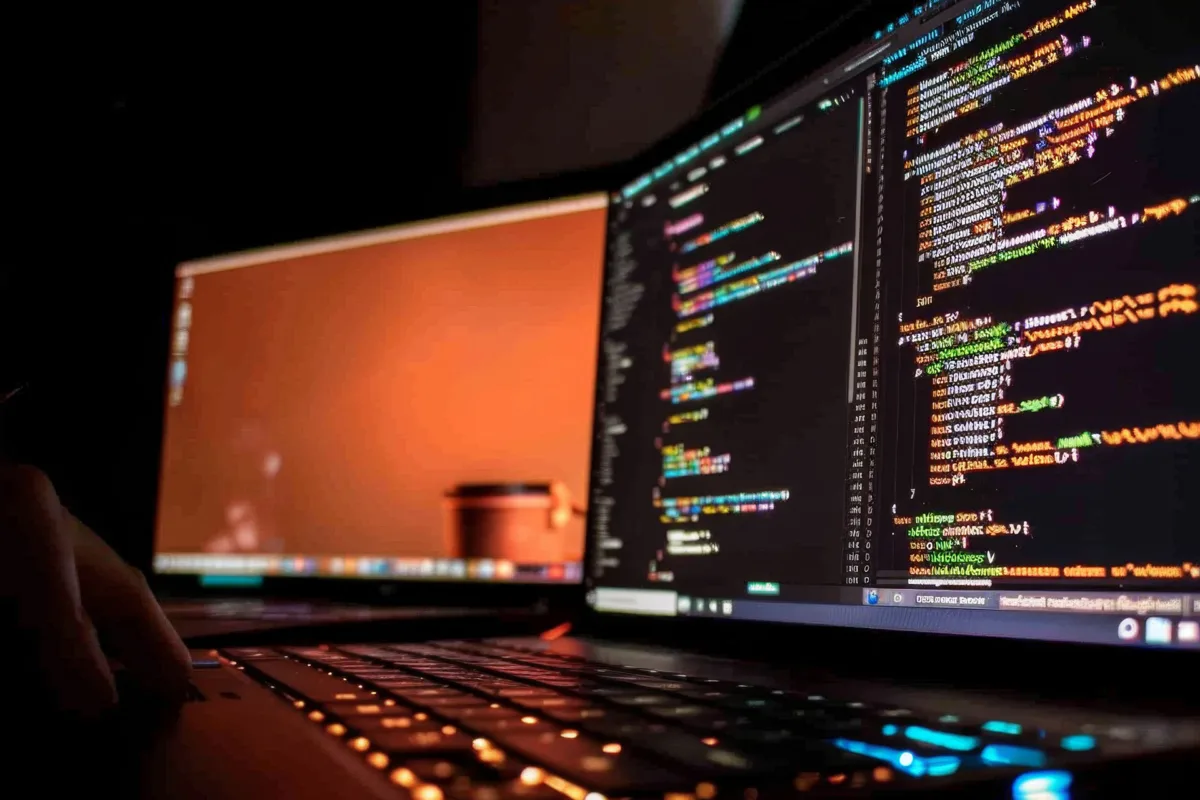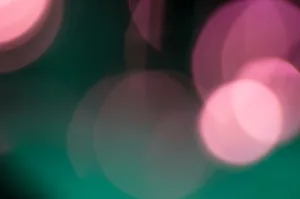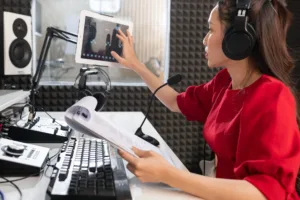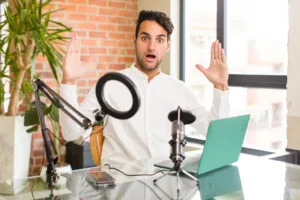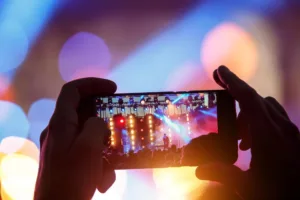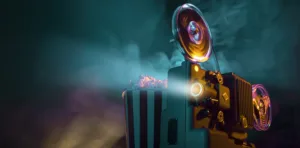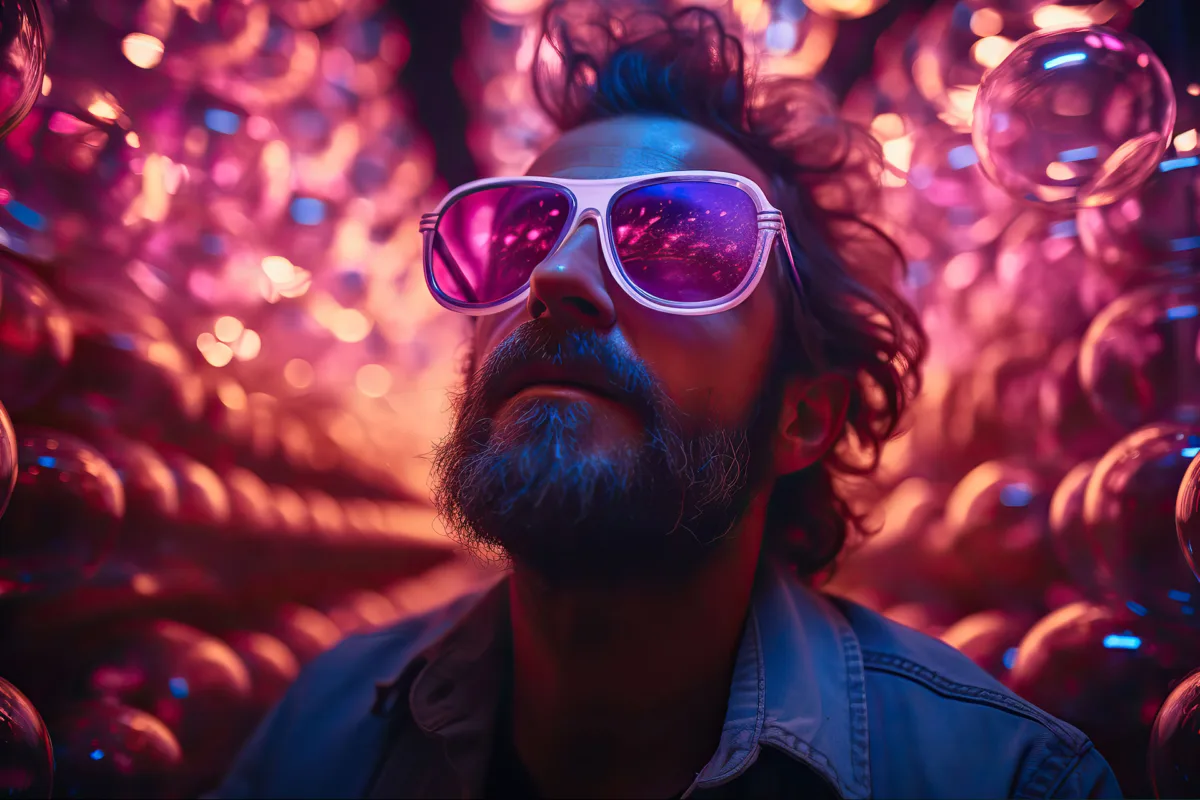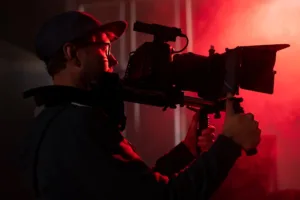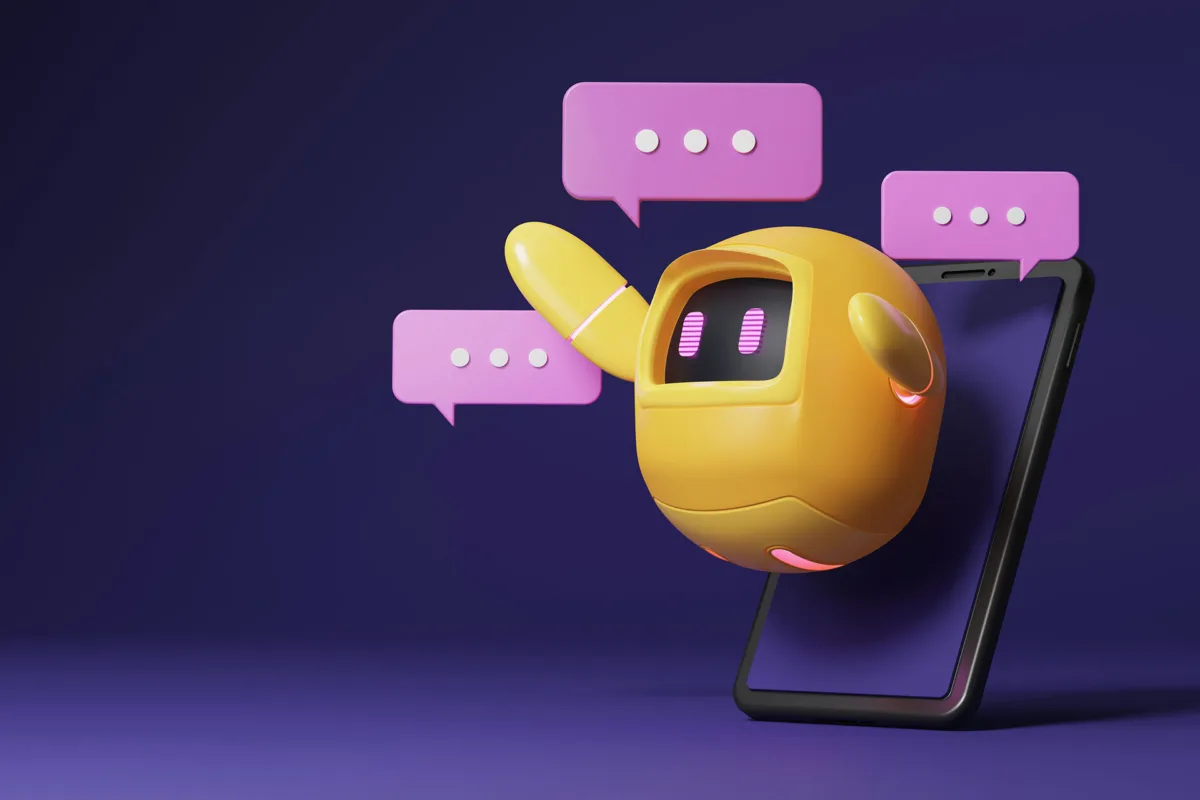Stay Ahead of the Game with the Evolving YouTube AI Chatbot
YouTube is a wild playground of content, and every day, millions of creators upload new videos, hoping to capture attention and build a following. With such fierce competition, standing out isn’t just about making great videos anymore. While there’s no replacement for quality content (seriously, don’t skip that part), there’s another trick savvy creators are starting to adopt: staying ahead of the technology curve.
And right now, the technology that has everyone buzzing is artificial intelligence (AI). You’ve probably heard of AI transforming industries, from healthcare to finance, but did you know YouTube is also jumping on the AI bandwagon? The latest innovation on the platform is the YouTube conversational AI tool, an AI-powered chatbot designed to interact with users and help them discover more content. But what does this mean for you as a creator, and more importantly, how can you use it to up your YouTube game?
Let’s dive in and explore YouTube’s new conversational AI tool—what it is, how it works, and how it could give your content the visibility boost you’ve been dreaming of!
What Exactly Is YouTube’s Conversational AI Tool?
Artificial intelligence can sound intimidating, but YouTube’s new AI tool is here to make things simple. Think of it as a personal assistant that helps viewers better navigate the platform. You know that feeling when you finish watching a video, and you’re curious about something specific from it but don’t want to rewatch the whole thing? Well, the YouTube AI chatbot can help with that.
According to YouTube’s parent company, Google, this conversational AI tool is still in the experimental phase. It’s designed to let users ask questions about the content they’re watching and get helpful responses from the AI. For instance, let’s say you’re watching a tutorial on how to play guitar. You could ask, “What key is this song in?” or “Show me similar guitar tutorials.” The AI would then pull up an answer or suggest another video that might interest you.
It’s a little bit like having a personal Google assistant built directly into YouTube. The chatbot scans both the content of the video and its description to generate the most relevant response. It’s still new, though, so don’t be surprised if the AI occasionally gets things wrong (no one’s perfect—not even robots!).
The Power of AI in Video Discovery
Now, why is this such a big deal? Well, YouTube’s algorithm is already one of the most advanced systems in the world for recommending videos. It’s why you can go down a rabbit hole of suggested videos and end up watching cat compilations at 3 a.m. (guilty as charged!). But the new AI chatbot offers something more interactive.
Instead of passively relying on the algorithm to show you what it thinks you’ll like next, you can ask the AI for specific types of content. Want to see more videos from the same creator? Just ask. Curious about learning something similar? The AI can help with that, too.
And here’s where things get exciting for creators. While it’s not guaranteed, this chatbot could help funnel more viewers to your channel. By optimizing your videos to be AI-friendly (more on that later), you increase the chances that users who are interacting with the chatbot could be directed toward your content. In other words, you want to make sure your content plays nice with the AI, so it helps promote you!
How to Use YouTube’s AI Chatbot (If You’re Lucky Enough!)
Alright, let’s get into the practical side. How do you actually use this AI chatbot on YouTube? Spoiler alert: it’s not available to everyone just yet.
Currently, only select users in the U.S. who are over 18, have YouTube Premium, and are using Android devices can access this AI feature. If you’re one of these lucky few, congratulations—you’re on the cutting edge! To use it, just head to the YouTube app, find the “Ask” button, and click it. From there, you can either choose one of the suggested prompts or type your own question.
For the rest of us mere mortals, we’ll just have to wait until YouTube expands this feature to more users and devices. But it’s worth keeping an eye on the rollout because this AI chatbot could become a major tool for discovering new content—and a big opportunity for creators like you.
How Does the YouTube AI Chatbot Work? (Let’s Get Nerdy)
Behind the scenes, YouTube’s AI chatbot is powered by what are called Large Language Models (LLMs). These are the same types of models behind popular AI tools like ChatGPT. Basically, LLMs are super-smart algorithms trained on vast amounts of text and data from the internet. They use this information to generate human-like responses when you ask them questions.
When you ask the YouTube AI chatbot a question, it pulls information not just from the video you’re watching but also from the internet as a whole. It’s kind of like having a mini search engine baked into the platform. However, YouTube warns that the chatbot’s responses are still experimental, meaning they’re not 100% accurate all the time. So, don’t take everything it says as gospel—especially if the AI starts recommending videos about conspiracy theories!
At its core, the AI chatbot is designed to enhance the user experience by making it easier to find related videos and content. For now, it’s just an informational tool, but who knows what the future holds? Imagine a world where the AI not only recommends videos but also helps creators with editing tips or suggests trending video ideas. The possibilities are endless.
Is YouTube Collecting My Data? (Yes, But Here’s Why)
If you’re wondering whether this new AI feature is yet another way for big tech companies to collect data on you, well, you’re not wrong. YouTube has been upfront about the fact that it collects data based on your interactions with the chatbot, including the questions you ask and the feedback you provide.
This data is used to improve the chatbot and, more broadly, YouTube’s recommendations system. For example, if lots of users are asking similar questions about a specific type of content, YouTube could use that information to better tailor its video recommendations. The AI is constantly learning and evolving, which is part of what makes it such a powerful tool.
But if data privacy is a big concern for you, there are a few things you should know. Conversations linked to your Google account will automatically be deleted after 45 days. However, if a human reviewer looks at your conversation (for quality control purposes), it might be kept for up to three years. YouTube claims it takes steps to anonymize your data by disconnecting it from your account and removing personal information like your email address or phone number.
Still, if you’re uncomfortable with the idea of your questions being reviewed by humans—or stored for that long—you might want to hold off on using the chatbot until more privacy features are introduced.
Ads? Not Yet, But Don’t Be Surprised if They Arrive
One question that’s bound to pop up is whether the YouTube AI chatbot shows ads. The good news (for now) is that it doesn’t. When you interact with the chatbot, you won’t be bombarded with sponsored suggestions or paid promotions.
However, it’s hard to imagine that this ad-free experience will last forever. YouTube’s main business model is built around ads, and we’ve already seen how deeply ads are integrated into every aspect of the platform, from pre-rolls to sponsored videos. As AI evolves, it wouldn’t be shocking if YouTube started allowing creators to pay for chatbot suggestions, or even embedding ads directly into the chatbot’s responses.
But for now, enjoy the ad-free zone while it lasts!
How to Optimize Your Content for YouTube’s AI Chatbot
Now comes the part you’ve been waiting for: how can you, as a content creator, take advantage of this new AI tool? While the chatbot is still in its early days, there are a few things you can do now to make your videos more discoverable through AI interactions.
1. Optimize Your Titles and Descriptions: You’ve heard it before, but it’s even more important now. Make sure your video titles are clear, descriptive, and optimized for search. Include as much relevant information in your video descriptions as possible. YouTube’s AI needs text to understand what your video is about, so give it everything it needs!
2. Transcribe Your Videos: If you want to make sure the AI understands your video content, transcription is key. YouTube’s Aloud AI tool can help you transcribe your videos, making it easier for the chatbot to pull relevant information and suggest your content to users. Plus, having transcripts can help with accessibility, too.
3. Do Your Keyword Research: Just like with SEO, you want to research the keywords and questions your target audience is searching for. Figure out the most common questions people have around your video topics, and answer them directly in your content. This will make it easier for the AI to recognize your video as a helpful resource.
4. Keep It Clear: When it comes to AI, clarity is key. Avoid overwhelming the AI with too much information or background noise. Try to keep only one person speaking at a time, and be as clear and concise as possible. The clearer your content is, the easier it will be for the AI to process and recommend.
5. Focus on Engagement: While AI can help direct viewers to your videos, it’s your job to keep them there. Focus
on making your videos engaging from the get-go. Use strong hooks, storytelling techniques, and a clear structure to keep viewers interested.
Final Thoughts: Embrace the AI Wave (But Don’t Forget to Create!)
At the end of the day, YouTube’s new AI chatbot is a tool—one that could help you get more visibility and traffic. But it’s not a replacement for the most important element of your success: great content.
If you focus on creating videos that are high-quality, engaging, and optimized for both humans and AI, you’ll be well on your way to growing your channel. Stay creative, stay curious, and keep an eye on AI advancements. Who knows? The next big trend might be just around the corner, and you’ll be ready for it.
What do you think? Will you be experimenting with YouTube’s new AI chatbot, or are you waiting for it to evolve a bit more? Let us know in the comments below!



